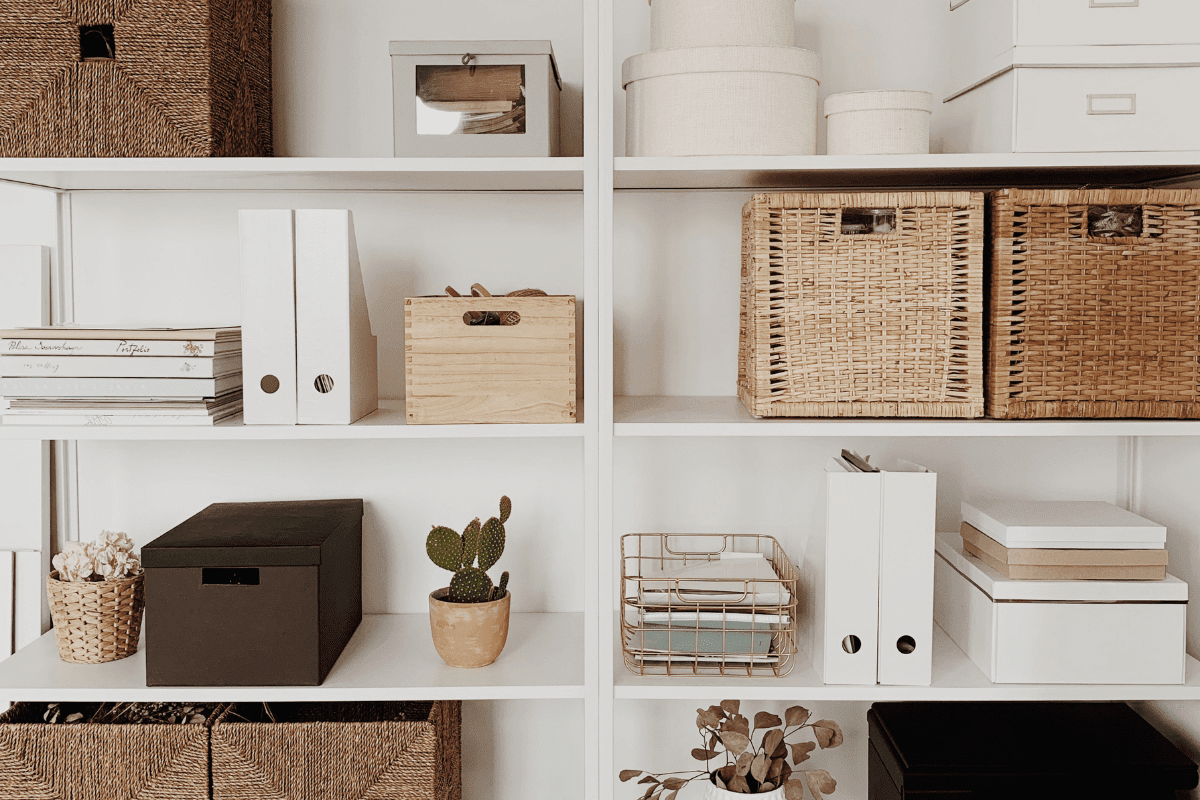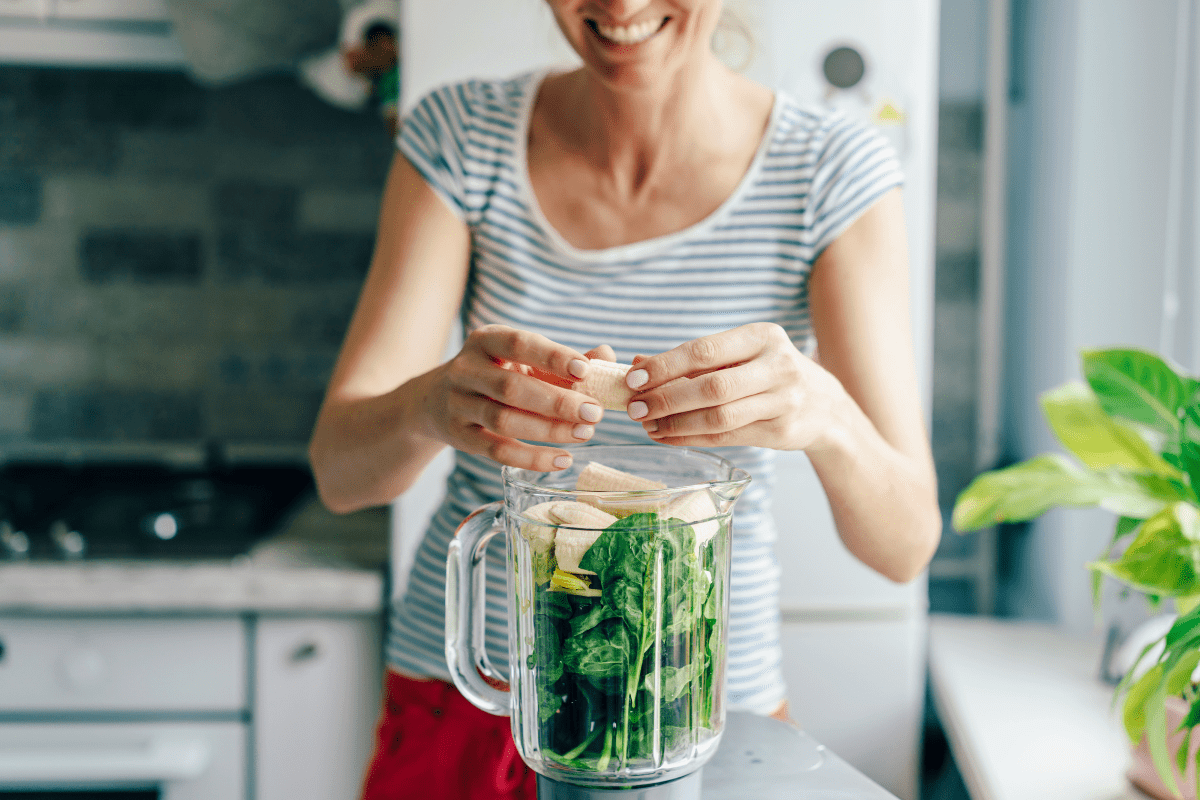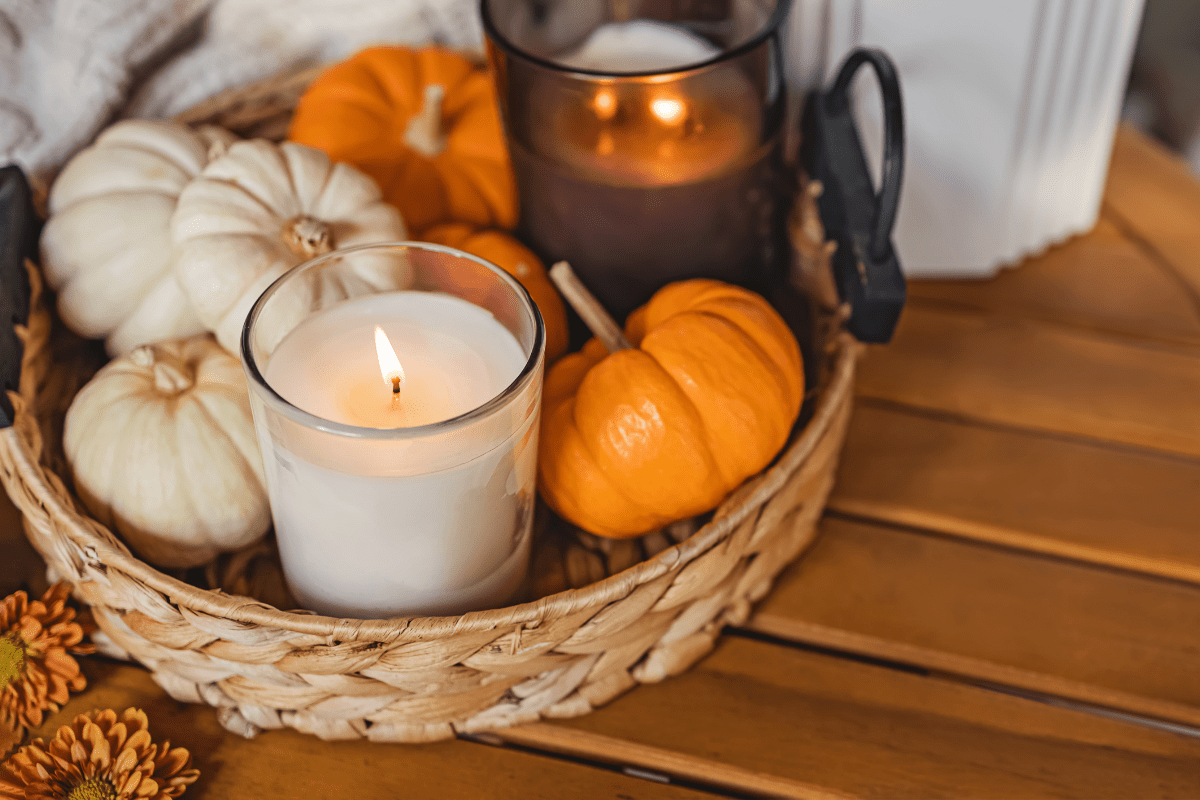You know that feeling when you spend an entire Saturday organizing your pantry with matching containers and Pinterest-worthy labels, only to find cereal boxes sideways and pasta scattered everywhere three weeks later? You're not broken, and you don't lack willpower. The problem is that most organization advice focuses on creating picture-perfect systems rather than sustainable ones that actually work with your chaotic, beautiful, real life.
Why most organization systems fail (and what works instead)
Here's the truth that home magazines won't tell you: perfect organization is the enemy of sustainable organization. I learned this the hard way after countless failed attempts at maintaining those gorgeous, color-coordinated systems that look amazing on Instagram but fall apart the moment life gets busy.
The secret sauce isn't buying more containers or following a rigid system. It's designing organization around your actual habits, not the habits you think you should have. If you're someone who drops your keys wherever you're standing when you walk in the door, don't force yourself to walk to a cute key hook by the entrance. Put a small bowl right where you naturally drop them.
Work with your brain, not against it
The "habit stack" method is your new best friend here. Instead of trying to create completely new behaviors, attach organization tasks to things you already do automatically. If you always check your phone while your coffee brews, use that time to sort yesterday's mail. If you brush your teeth before bed religiously, make that your cue to lay out tomorrow's outfit.
Research shows that habit formation takes an average of 66 days, not the mythical 21 days everyone talks about. Some habits took people up to 254 days to stick. This isn't a personal failing, it's science. Give yourself permission to take time building these systems.
Kitchen organization that survives real life
Your kitchen is probably the most used room in your house, which means it's also the most likely to descend into chaos. The good news? Small changes here have the biggest impact on your daily stress levels.
The game-changer for countertops is what I call the "one-bowl rule." Keep exactly one attractive bowl on your counter for the random stuff that needs homes later. Mail, batteries, hair ties, that weird screw you found on the floor but can't identify. When the bowl gets full, you deal with everything at once. This prevents the dreaded "stuff pile" while giving you a clear visual cue that action is needed.
For deep cabinets and pantry corners, lazy Susans are absolute magic. Stop digging through stacked items like you're playing kitchen Jenga. A simple spin makes everything accessible. Use them for spices, canned goods, cleaning supplies under the sink, even bathroom toiletries. One family told me they save 15 minutes daily just from this change.
The two-minute dishwasher trick
Unloading the dishwasher shouldn't feel like running a marathon. Set a timer for two minutes and see how much you can accomplish. Most people can unload 70-80% of a standard dishwasher in this time. The psychology here is brilliant: two minutes feels manageable, but the momentum often carries you through to completion.
When choosing storage containers, forget the Instagram-worthy matching sets. Focus on function:
- Clear containers beat opaque ones
- Square shapes use space better
- Dishwasher-safe saves your sanity
- Three standard sizes that nest
Daily habits that prevent the avalanche
The biggest organization killer isn't laziness, it's accumulation. Small messes become overwhelming disasters when they pile up day after day. The solution isn't massive weekend organizing sessions (though those feel satisfying). It's tiny, consistent actions that prevent the buildup.
The "10-item rule" is stupidly simple and surprisingly effective. Before going to bed, each person in your household picks up 10 items and puts them where they belong. Most people can spot 10 out-of-place items in under two minutes. This prevents accumulation without feeling overwhelming.
For families with kids, try the "five-minute pickup" before any transition. Before dinner, before bedtime, before leaving the house, set a timer and have everyone put things back where they belong. Make it a game rather than a chore. Kids respond better to "beat the timer" than "clean up your mess."
The weekly reset that actually works
Instead of marathon organizing sessions, schedule a 15-minute weekly reset. Pick one day (Sunday works for many people) and tackle whichever area is bothering you most that week. The key is consistency over perfection. A slightly messy but functional system beats a perfect system that collapses under real-world pressure.
Closet systems that don't require a PhD
Your closet should make your life easier, not give you a panic attack every morning. The reverse hanger method is brilliant in its simplicity: at the beginning of each season, turn all hangers backward. When you wear something, hang it normally. After three months, everything still hanging backward shows what you haven't worn.
This visual system requires zero apps, lists, or complex tracking. A quick glance tells you what to donate. Women with shoe racks are seven times more likely to be on time for work, probably because they're not frantically hunting for matching shoes under the bed.
The traditional "one in, one out" rule gets an upgrade with the "outgoing basket" method. When you buy something new, immediately identify its replacement and put the old item in a designated basket by your closet. Shop your own closet first, then donate the basket when it's full. This prevents the "I'll decide later" pile that never gets decided.
The outfit station method
Designate one chair or small area as your "outfit station." Every evening, lay out tomorrow's complete outfit, including accessories and shoes. This prevents morning decision fatigue and keeps bedroom floors clear. The crucial part is having a specific spot that's only for this purpose, not the catch-all chair that everything gets dumped on.
Paper management that prevents the avalanche
Paper clutter is sneaky because it doesn't look like much until suddenly you have stacks everywhere and can't find anything important. The four-folder system handles 90% of household paperwork without complex categorization:
- Action Required (bills, forms to fill)
- Waiting For (insurance claims, applications)
- Reference (warranties, manuals, tax documents)
- File (completed items for long-term storage)
Every piece of paper gets sorted immediately into one of these categories. Review "Action Required" daily and "Waiting For" weekly. That's it. No complicated filing systems, no color-coding, no subcategories that you'll forget about.
Your smartphone camera is your secret weapon here. Immediately capture receipts, business cards, warranties, and important documents. Create simple photo folders: Receipts, Medical, Tax Documents, Warranties. This eliminates paper accumulation while keeping everything searchable and accessible. Research shows that 80% of papers we keep never get used anyway.
Kid-friendly systems that parents can actually maintain
Organization systems for families need to work for both kids AND exhausted parents. The toy rotation method keeps your living spaces manageable while making kids play more creatively. Keep only one-third of toys accessible at any time, storing the rest in labeled boxes. Rotate monthly.
Children actually play more imaginatively with fewer options, and parents face dramatically less cleanup. The key is making the rotation boxes easily accessible to adults but not so visible that kids constantly request different toys.
Color-coding everything
Assign each child a color for their belongings: backpacks, water bottles, lunch boxes, storage bins. This eliminates the daily "whose is this?" detective work and makes cleanup faster. Even toddlers who can't read yet can follow color-coded systems.
The genius of this system is that it scales. Bathroom towels, bedroom storage, even sock drawers can follow the same color scheme. No more arguments about ownership, no more hunting through everyone's stuff to find what belongs to whom.
Room-by-room reality checks
Your bathroom doesn't need a spa-like aesthetic if it can't function for a busy household. Instead of corner caddies that constantly fall down, use a second tension rod about two feet from the back wall of your shower. Hang multiple small caddies at different heights. Each family member gets their own caddy, preventing the "who used all my shampoo?" drama.
Expandable drawer dividers create custom compartments that adapt as your needs change. Use them for daily medications, hair accessories, skincare products. Unlike fixed organizers, these grow and shrink with your collection.
Living rooms benefit from the "basket brigade" approach. Place attractive baskets in problem areas where clutter naturally accumulates: one by the couch for remotes and chargers, one by the door for shoes, one under the coffee table for magazines. Choose baskets that complement your decor so they can stay visible without looking messy.
The garage reality
Let's address the elephant in the room: 74% of people wish their garages were better organized, and 34% don't even know what's in there. If you can't park your car in your two-car garage, you're not alone, but you are storing expensive vehicles outside to protect less valuable stuff inside.
Start with a brutal purge. If you haven't used something in two years and it's not seasonal or sentimental, it goes. Use vertical wall storage for tools and seasonal items. Clear bins beat cardboard boxes for long-term storage because you can see what's inside without digging.
Digital organization that reduces mental load
Your email inbox shouldn't be a source of daily anxiety. The three-folder system works: Action (needs your response), Waiting (expecting responses from others), and Archive (everything else). Process emails immediately into one of these folders instead of leaving them in your inbox to "deal with later."
For photos, stop trying to organize thousands of existing pictures. Start fresh going forward with monthly folders, and spend two minutes each Sunday moving the week's photos into the correct folder. Address old photos only when you're specifically looking for something.
Making it stick long-term
The most crucial element isn't the specific system, it's building habits that support whatever system you choose. Start with one area and one technique. Master that before adding complexity. Most people who try to organize everything simultaneously burn out within a week.
Schedule four annual purges aligned with natural life transitions: spring cleaning, back-to-school preparation, pre-holiday organizing, and post-holiday reset. This rhythm feels natural and prevents accumulation from spiraling out of control.
The maintenance mindset
Research confirms that getting rid of clutter eliminates 40% of housework in the average home. The math is simple: fewer things mean less time spent cleaning, organizing, and maintaining.
Remember that missing one day of your new organization habit won't derail everything. Studies show that occasional lapses have minimal impact on habit formation. The goal is progress, not perfection.
Your home should support your life, not consume it. The best organization system is the one that makes your daily routine easier, not harder. These strategies work because they're designed for real people with real lives, people who get busy and make mistakes and need second chances. Start small, stay consistent, and adjust as needed. The systems that bend without breaking are exactly the ones that stick.




